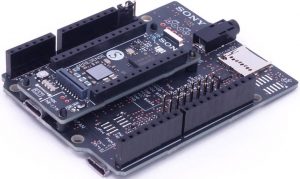
The CXD5602 SoC on the 50 x 20.6mm main board contains six 156MHz ARM Cortex-M4F cores, and its periperals include an 8bit parallel camera interface, a multi-constellation GNSS receiver, and a sensor-fusion block to simplify movement or context sensing various external sensors, which can include: accelerometer, eCompass, gyroscope, or pressure sensor.
The CXD5247 on the 68.6 x 53.3mm extension board (yes, it’s larger than the main board), adds a class-D bridge-tied load audio amplifier, 8-channel digital microphone and 4-channel analogue microphone inputs, as well as dc-dc converters and a low-dropout regulator to provide the system power rails. Battery-charging and fuel-gauge peripherals are also included for self-powered, connected, smart objects.
“Expansion headers allow users to further extend the rich native features by adding Arduino shields or any of a selection of specially developed add-on boards,” said RS Components, which is stocking the development kit (see links above).
The custom boards include
- Spresense-BLE-EVK-701 Bluetooth LE
- Spresense-SENSOR-EVK-701 MEMS accelerometer, barometer, and magnetometer
Also the extension board handles interfacing and user access to signals, featuring level-shifting circuitry, headphone and microphone-input headers, and an SD Card slot.
“Together, the audio, video, sensing, and positioning capabilities of Sprensense, made accessible by this two-board platform, enable users to create even more advanced IoT devices and smart objects,” according to RS. “With its multicore compute engine and built-in GPS, SPRESENSE is ideal for next-generation drones. Support for high-resolution audio recording and playback, and the full digital amplifier, create a platform for smart speakers. On the other hand, the built-in camera interface can support smart cameras and networked-vision applications such as security surveillance or remote time-lapse cameras.”
Spresense is compatible with the Arduino development environment (IDE), and comes with a set of APIs that allow the use of the NuttX based software development kit (SDK).
 Electronics Weekly Electronics Design & Components Tech News
Electronics Weekly Electronics Design & Components Tech News
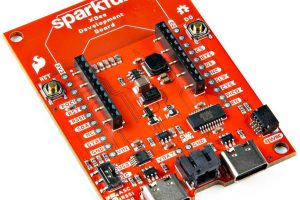
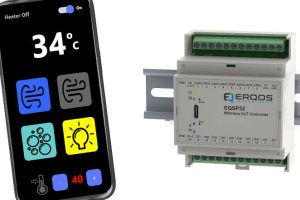
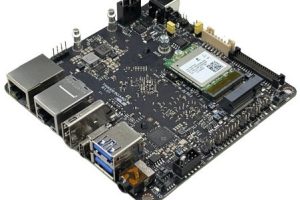
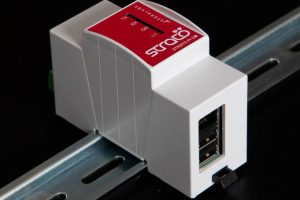
This supports neither GPS L5 nor QZSS. That is quite a bit behind the curve. in 2018.
Hi SEPAM
You caught me way off the ball :/
Is L5 for consumer stuff?
Thanks for the reality check.
Indeed L5 is a civilian signal and is used on the latest Huawei phone. I believe it allows for faster signal acquisition and it definitely improves precision since it makes it possible to determine the ionosphere propagation error. It is a modern signal design so it is a significant step up from L1. Broadcom also has a chipset for L5. It is not clear if Qualcomm has this feature in their latest chipsets.
As for QZSS this is a Japanese service made for Japanese requirements (city canyons etc,) so it is puzzling that a Japanese company does not deliver this.
Thanks SEPAM
Information appreciated – and that QZSS thing is odd, maybe it is a processing overhead issue.